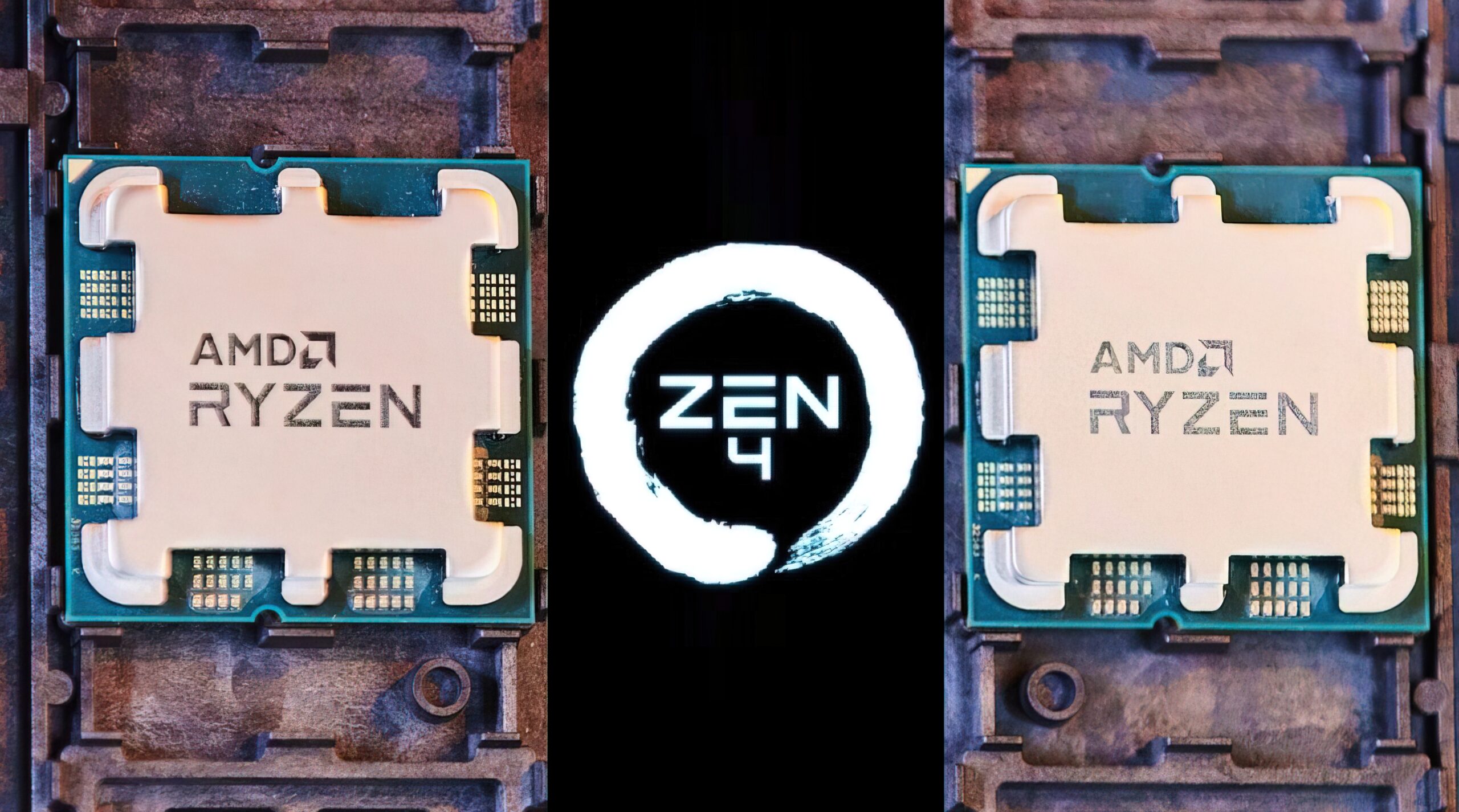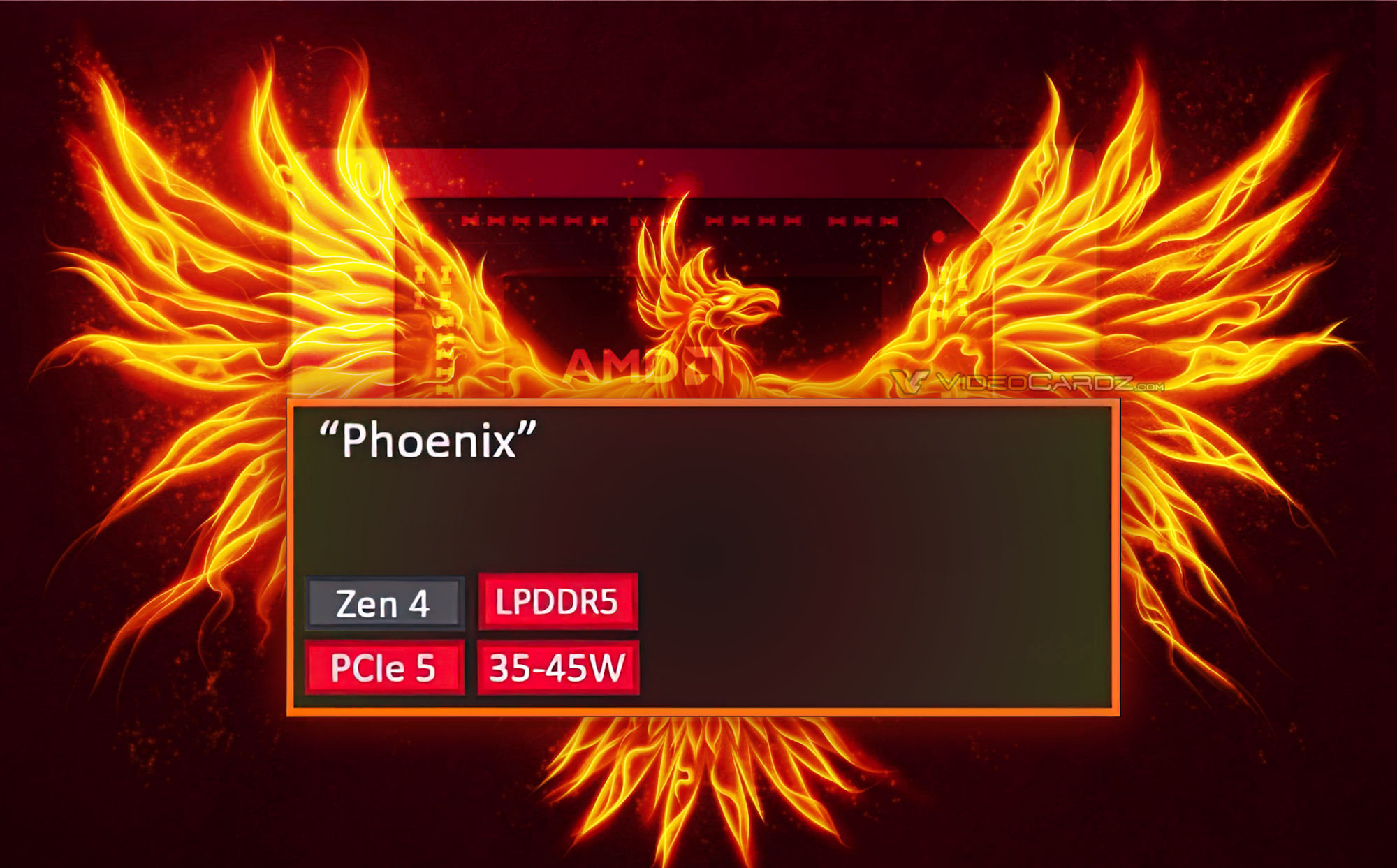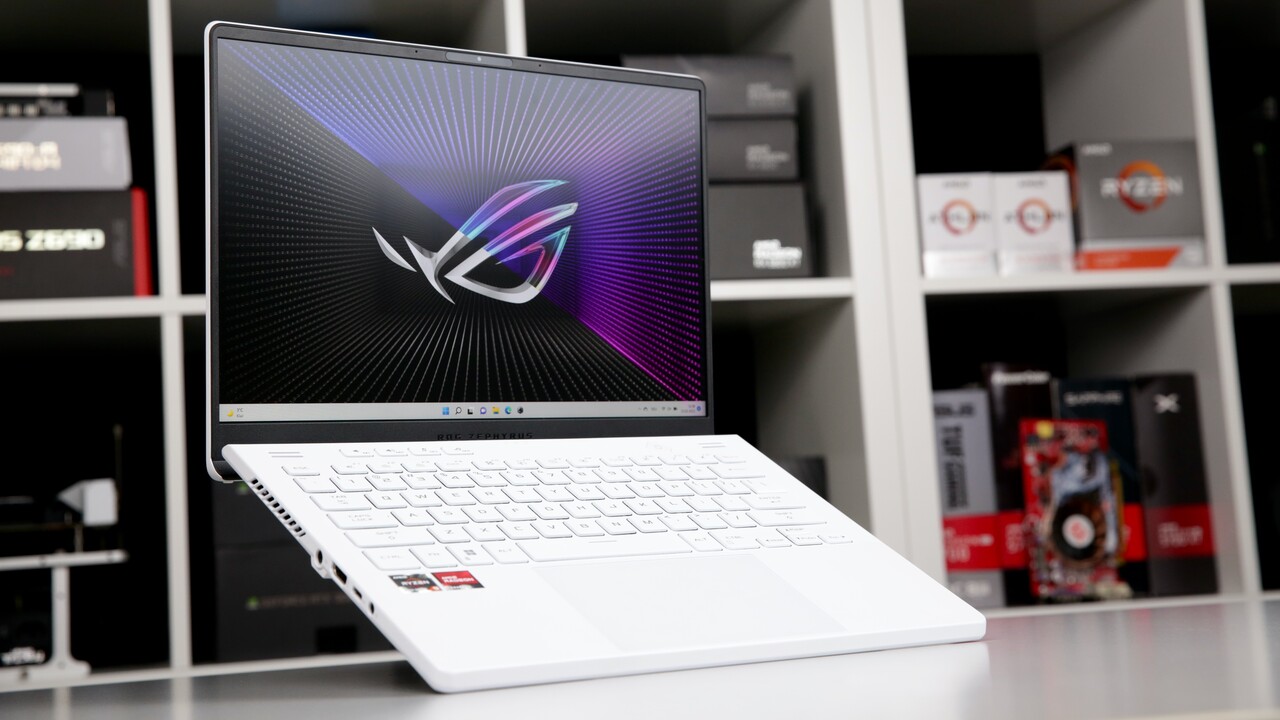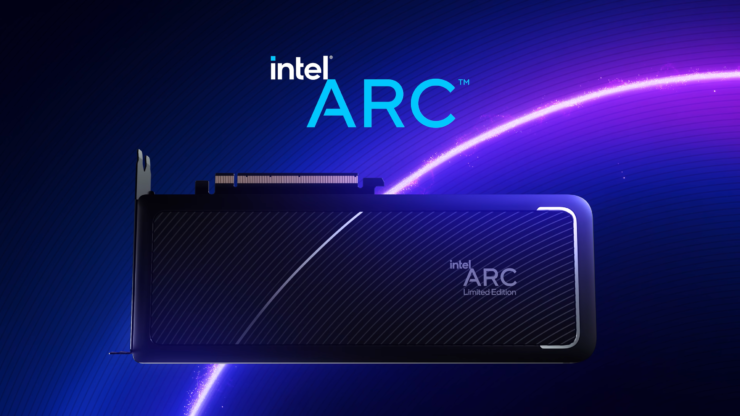So back on APU topic.
In part due to rumor:
AMD Phoenix APU with mid-range discrete GPU performance Greymon55 claims that the upcoming integrated graphics into the AMD Phoenix APU, could show comparable performance to the most power-restricted version of the RTX 3060 mobile. AMD Ryzen 7000 series will officially include two mobile series...

videocardz.com
And if you consider Intel's Meteor Lake the main competitor for Zen4 will feature iGPU with 192 EU that puts it in striking range of RTX 3060M
then AMD would be incompetent and stupid not to see ahead and pull along likewise.
Now to what I see here. Based on computerbase's test of Ryzen 6000 iGPU: AMD Radeon 680M
AMD Ryzen 6000 setzt erstmals auf eine iGPU mit RDNA 2. Der Leistungssprung, den die Radeon 680M auf dieser Basis im Test macht, ist groß.

www.computerbase.de
specifically the TDP available with the new SmartShift Max technology
we see existing limits for CPU 45-80W; iGPU 80-105W
Ryzen 7 6800HS and Ryzen 7 6900HS have same TDP but I prefer 6800HS reference for more reliability
and it fits the leak more, too.
So presuming Zen4 Phoenix N5 35-45W
=> 8c all core clock speed to be the same 4.5 GHz with N5 -30% power => 29.75W
iGPU RDNA3 presuming 12 CU (128-shader CU not RDNA2 64-shader CU)
and based on AMD Radeon RX 6500 XT N6 2.31-2.815GHz RDNA2 16 CU(64-shader CU) 107W => ~2,3756660746 W/CU/GHz
so at 2.0GHz => 114.0319_63_W adjusting for N5 -30% power => 79._81_ W
As can be seen all fairly within current existing comparable SKU's limit.
-------------------------
looking up techpowerup for Nvidia GeForce RTX 3060M
115W version @1702 MHz has 10.94 TFLOPs FP32
=> 60W version @1282 MHz gives ~8.24 TFLOPs FP32
RDNA 3:
12 CU@2GHz ~6.144 TFLOPs FP32
16 CU@2.2GHz ~9 TFLOPs FP32
24 CU@2.2GHz ~13.52 TFLOPs FP32
As can be seen to reach parity the iGPU with 24CU only needs to be clocked at 1.34GHz while the 16CU needs 2.01GHz








